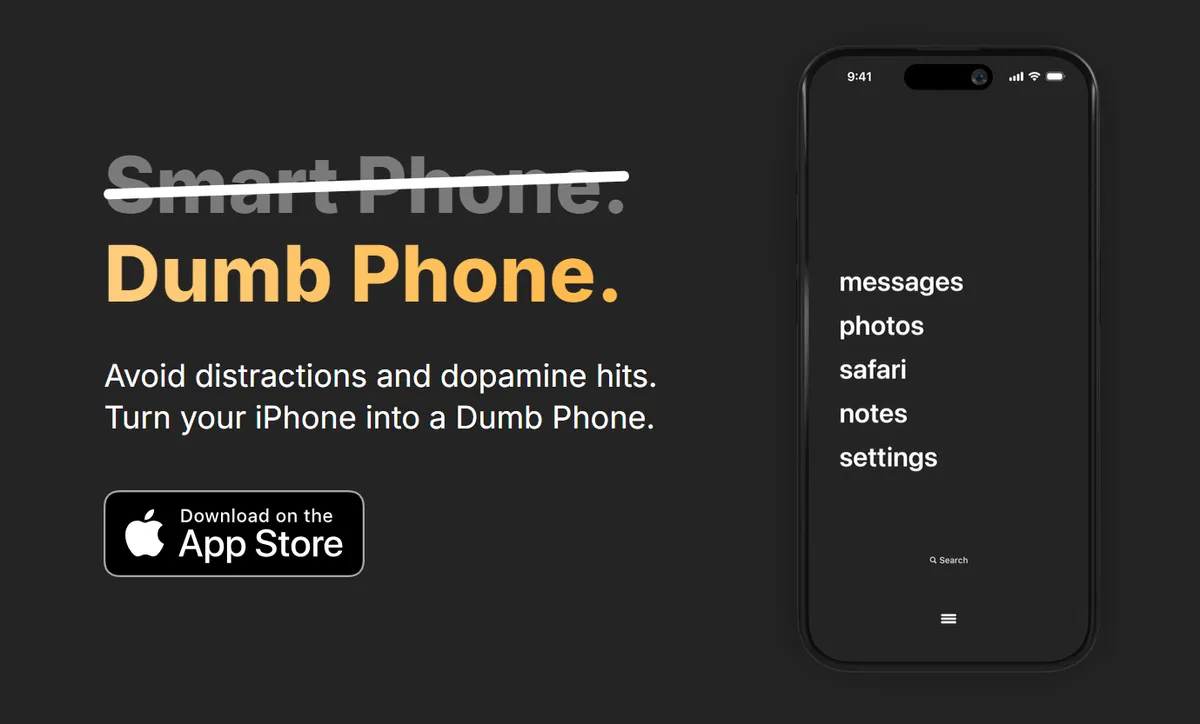The issue with our attention - taking action ✍️📱
In my previous article (The issue with our attention), I reflected on the constant distractions in our lives and how they prevent us from being fully present. Inspired by an article by Chris Hayes, I started noticing how often I reached for my phone, especially in idle moments. That realization led me to make significant changes in my phone habits, and I want to share what I’ve done so far to reduce my usage and regain my focus.
Monitoring screen time
Screen time is a very powerful tool that provides a view of how much time you spend, on which apps, and how often you pick up your phone to check something. I started here to identify how and when I used my phone.
I’ve made a conscious effort to keep my screen time low. I added a widget on my home screen for quick access so I can regularly check these stats and find areas for improvement.
No phone around my children
One of the most impactful changes I made was committing to not using my phone when I was with my children. Hearing them ask why I was on my phone was an eye-opener. Not using my phone in their presence has strengthened our connection and sets a better example for them about screen habits.
Using alternative tools
Instead of relying on my phone, I’ve started using other devices for specific actions. For example, I now solely read books on my Kindle and complete actions and tasks on my PC when I can. This reduces the temptation to get sidetracked by notifications or apps.
Using other methods to post
I like to share online, but this also puts me at risk when I open an app to share. Instead of opening an app, I post directly through the iOS share sheet to Instagram/Glass/... or use other tools like Buffer and Drafts to push messages to Mastodon & Bluesky.
This puts me in control without the distraction of checking my feeds. I still check them, but on my terms, when I want to dedicate time to them.
And speaking of feeds, I keep myself to the following feed only, as the for you is designed to keep you sucked in.
This way, I scroll through my feed and interact with whatever I find interesting, but once I've seen it all, there is no need to remain checking the app.
Switching to grayscale mode
iOS has a nifty grayscale mode and setting my phone to that mode has been surprisingly effective. Without the vibrant colours, apps feel less appealing, which makes me less likely to use my phone unnecessarily.
Using a “Dumb Phone” App
I’ve installed a “dumb phone” app that replaces app icons with plain text links. This removes visual triggers like unread badges or flashy icons, making my phone feel less like a distraction.
 Dumb phone app
Dumb phone app
Focus modes
Last, but not least. Focus modes! Again, another convenient feature within iOS, the ability to set different focus modes enabled either manually or at a specific location or time.
When my work day ends, it automatically enables dumb phone mode and puts everything in grayscale removing unnecessary distractions.
The Impact So Far
These changes have made a noticeable difference in my daily life. I feel more present, especially with my children, and I’m finding it easier to focus on meaningful activities.
While the urge to check my phone hasn’t disappeared completely, it’s much more manageable now.
Remember, reducing phone usage is a journey, not an overnight fix.
💬 Reply via email, 🐘 Mastodon or 🦋 Bluesky